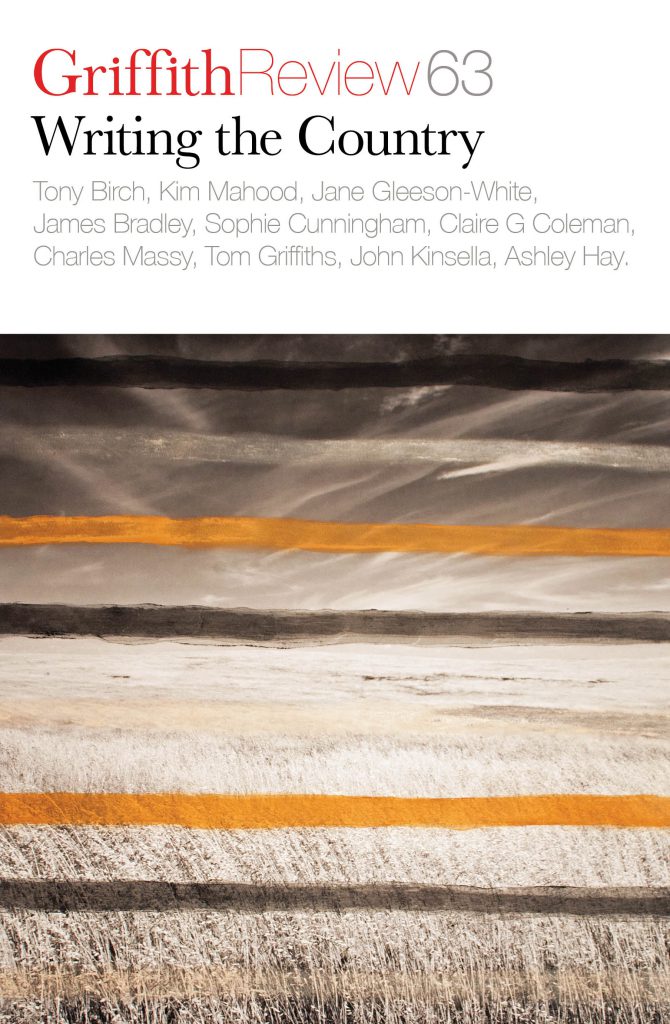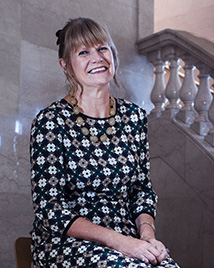Featured in

- Published 20190205
- ISBN: 9781925773408
- Extent: 264pp
- Paperback (234 x 153mm), eBook

Already a subscriber? Sign in here
If you are an educator or student wishing to access content for study purposes please contact us at griffithreview@griffith.edu.au
Share article
About the author

Grace Karskens
Grace Karskens is Professor of History at the University of New South Wales. Her book The Colony: A History of Early Sydney won the...
More from this edition

Lost and found in translation
EssayThe vast continent is really void of speech...this speechless, aimless solitariness was in the air. It was natural to the country. DH Lawrence, Kangaroo UNLIKE MANY...

Tamby East
FictionTHIS IS THE kind of place people leave. This town, Tamby East, sits a few kilometres off the North-West Highway. You’ve never been there, but...

A change in the political weather?
ReportageIN RECENT YEARS, a figure has begun to emerge from the dark recesses of Australia’s colonial history – one of the most progressive and courageous...